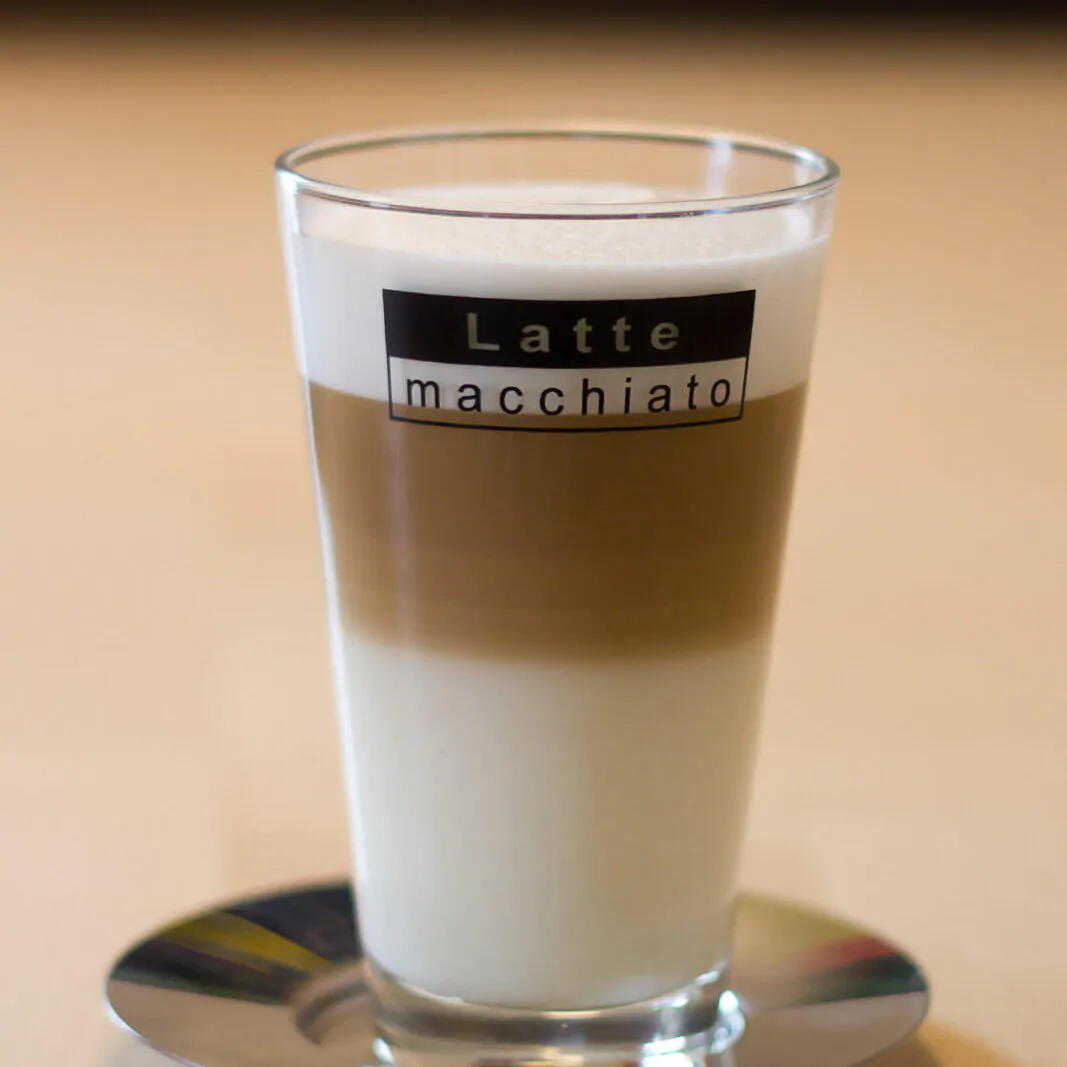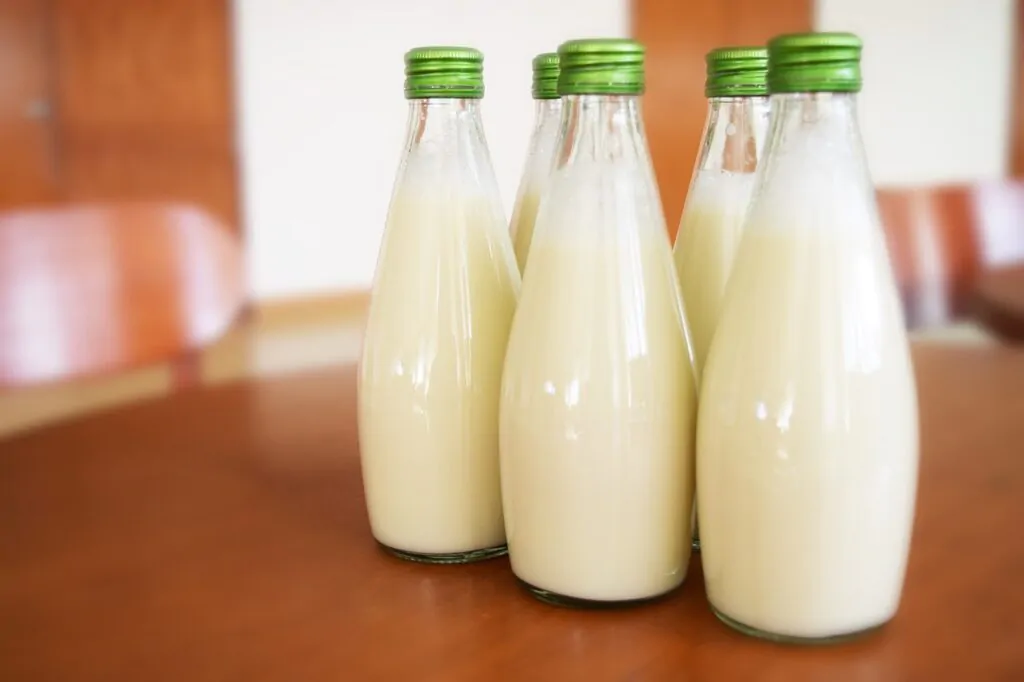The foam on your espresso is often overlooked, but coffee lovers would know what drink you have based on these foams alone. Read on to find out more about espresso with foam.

Making and enjoying a cup of Joe is somewhat second nature for us, which is why we often overlook several intricacies that make this beverage a blessing. Unfortunately, the foams on your espresso are one of the victims of this moment of thoughtlessness.
Foams have often been typecast as an aesthetic boost rather than an important espresso feature, especially in today’s social media age. What they don’t know is that these bubbles define a drink and introduce a unique texture. There is a difference between the foam on your latte, your cappuccino, or on your simple shot of espresso.
Microfoam Vs. Macrofoam
Microfoam contains microscopic, uniform air bubbles often associated with steamed milk. These are often used to create the eye-catching latte art we see online. It is thicker and closer to milk’s consistency.
When poured into your espresso, it seamlessly incorporates with the drink but has just enough weightlessness for it not to float. When consumed, it is silky smooth and doesn’t bring that airy feeling compared to its foamy counterpart. In addition, microfoam is best enjoyed when added to any hot espresso-based drink, though it is commonly used on lattes.

Macrofoam has larger bubbles which you can see at a glance and are often associated with froth milk. These bubbles contain more air, making it thinner and lighter, with the latter explaining why it sits atop your espresso instead of blending with it.
This isn’t necessarily bad since it adds a light, creamy, airy texture to your espresso. A stable yet fluffy foam is essential for a quality cappuccino.
You might be interested in our round-up of the best espresso brands.
What About An Espresso’s Natural Foam?
You are most likely talking about crema, the elegant foam forming atop your espresso when freshly brewed. These are naturally achieved during the extraction process when the coffee is exposed to hot water and pressure. The coffee then releases carbon dioxide but gets trapped when the coffee oils emulsify, resulting in the thick and creamy bubbles you see on your espresso.
Crema is integral to a quality shot of espresso as it brings a unique bitter flavor that makes the drink richer and helps prolong the robust aftertaste of your espresso. An espresso with no crema will not taste as good – but too much crema is also a sign that something went wrong.
An interesting feature of crema is you can use it to test the quality of your espresso shot. If you cut through the crema using a spoon and it bounces back to its original shape, your drink has the right consistency. An espresso shot is under-extracted if the crema breaks and moves back slowly or over-extracted if the crema doesn’t move back at all.
Best Type Of Milk To Achieve Microfoam And Macrofoam
The milk’s protein, fats, and carbohydrates, along with the temperature and steaming or frothing process, will dictate the foam for your espresso.

If you are aiming for microfoam, go for whole milk. Some argue that plant-based milk with higher protein content, such as soy milk, is ideal for microfoam since protein binds together and stabilizes when exposed to heat. This translates to the foam having a tighter hold, which might explain the bubble’s microscopic size and uniform build.
If you are aiming for macrofoam, it is advisable to go for skim milk as it contains less fat. Milk fat is what prevents the protein from escaping to the surface. Less fat means less hindrance, which results in the protein-making its way out to produce puffier and dryer air bubbles which we now call macrofoam or dry foam.
If you liked this post, you might be interested in learning why a tamp is the key to a properly pulled espresso.
Espresso with Foam FAQs
Do Microfoam And Macrofoam Taste Different?
Yes, they taste different. Microfoam usually retains most of milk’s texture, flavor, and consistency. Since macrofoam is airy and less voluminous, the milk’s natural attributes diminish, resulting in a somewhat bland flavor.
Is It Hard To Make Microfoam Or Macrofoam?
It can be challenging because you have to consider the temperature, the type of milk, and the steaming or frothing process. But the learning curve is not steep, so with enough research and practice, you can learn how to make microfoam and macrofoam in no time.
You can check out our ultimate guide to milk frothing to help you get started!
